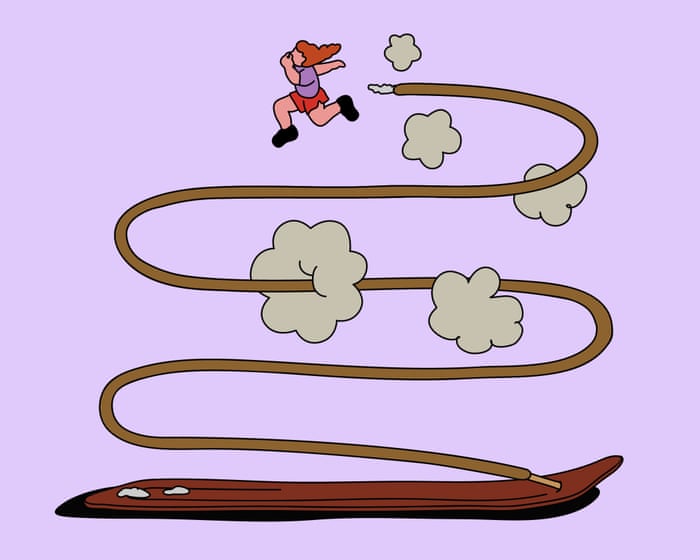Plastic is in your testicles!
This should be front-page news every single day until we finally see headlines declaring, “No more plastic in your balls!”—complete with celebration parades and couples kissing in the streets.
It shouldn’t take a global plastic pollution treaty conference to bring this issue back into the spotlight. It shouldn’t require a Lancet study revealing that plastic pollution is harming health from infancy to old age, causing disease, death, and $1.5 trillion in annual health damages.
All it should take is you looking at your own testicles—or, with consent, those of someone you love—and realizing: Holy shit, there’s microplastic in there. Maybe you don’t have testicles, but do you know a dog? If that dog has testicles, I have bad news: scientists found microplastics in every human and canine testicle they tested.
Patriarchy, once again, you’ve failed me.
### The Ball Obsession
Growing up in Western society, I was taught that protecting testicles was our top priority. Freud claimed male identity was built around “castration anxiety,” driving men toward dominance, control, and whatever nonsense Donald Trump was up to today.
If your boss was “busting your balls,” it was bad. If a situation “had you by the balls,” it was bad. A “ball-busting” woman? Unforgivable. “Genital theft panic” is even a real anthropological term describing the fear of losing function in your soft bits.
So, I thought: Sure, the patriarchy won’t care about plastic in women’s bodies—linked to ovarian atrophy, endometrial issues, and placental dysfunction—because I’m a feminist who sees patterns.
I didn’t expect it to care about plastic-choked rivers, poisoned animals, or the North Atlantic Garbage Patch growing since 1972. But now that microplastics are in your balls, lowering sperm counts, inflaming tissues, and threatening fertility, surely some good old-fashioned genital panic would kick in. Surely the patriarchy would ride in, guns blazing, to save what it holds dear.
Nope. You’ve let me down.
Instead of saving your own testicles, you’re bullying scientists at conferences for daring to say plastic is a problem. Experts warning that plastic production will triple by 2060—a catastrophically stupid idea—are harassed by petrochemical lobbyists who profit from this mess.
This is the sixth attempt at a plastic pollution treaty since 2022, when the UN finally noticed plastic in brains, livers, kidneys, blood, joints—and yes, your balls. The first five failed.
Men might fear feminism will strip them of power, but ladies, we’re not the ones busting their balls. The fossil fuel industry is.Every year, 460 million tonnes of plastic waste pollute the planet, fueled by the interests of countries like China, Russia, Iran, Saudi Arabia, and the U.S. Microplastics are now everywhere—from the top of Mount Everest to the deepest parts of the Mariana Trench. Even on Lord Howe Island, a protected volcanic island 600 kilometers off Australia’s east coast with strict visitor controls, muttonbirds are so full of plastic that they crunch when squeezed (though please don’t do that).
Men, consider what this means for your own health. A study found microplastics in human testicles—and those samples came from people who died before 2016. Since then, even more plastic has flooded the planet. Most of it? Single-use packaging, drink bottles, and food containers. Less than 10% gets recycled.
So next time you see plastic-wrapped peppers at the supermarket, ask yourself: What’s the real cost? Think about the global plastic treaty—and your future. If the system won’t protect you, maybe it’s time to act.
Van Badham is a Guardian Australia columnist.




